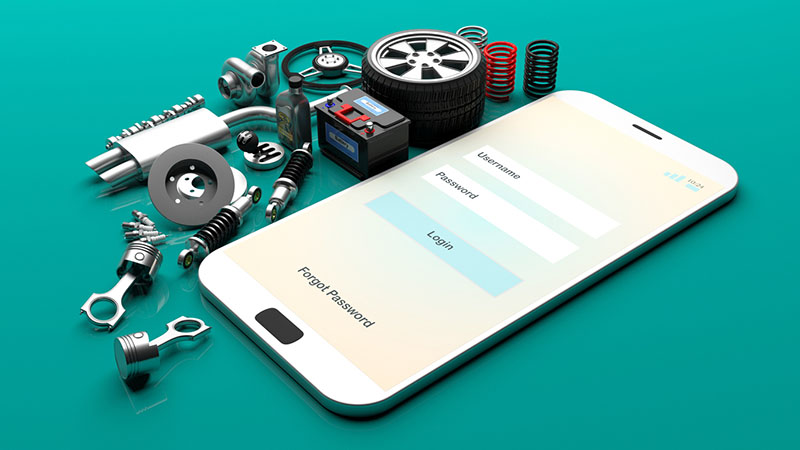The digital age has brought many positive advantages to our lives and our businesses. It has also brought several challenges that we must face as well. Information access can be a 2-way street. We have more access to online diagnostics, but so do our customers and our competition.
Let’s look at how eCommerce has changed our lives, especially in the parts suppliers’ arena. Amazon has been a game-changer in the way most of us shop today. I can send my son, who lives in another state, a birthday gift from Amazon that will cost less than buying it locally, and it can even be shipped for free. On the other hand, my customer can buy the same part online and have it shipped to me overnight for less than I can buy it from my supplier. Win for him, loss for me. I cannot profit from any markup on that part. If you are a numbers watcher, you know that product markups are part of the profit margin, and that is how you and I get paid.
Parts suppliers are having an even bigger battle, especially in the aftermarket world. I have to admit that even though our shop spends thousands of dollars a month with a local supplier, we can get better pricing on some items online than they can give us. To add to the problem, many suppliers offer price-matching so that a walk-in customer can buy a product at the same or maybe even better price than I can. Again, win for the customer, loss for me and my supplier.
As we each find our way to be profitable in a price war, several options have come up.
- Some shops refuse to do the job unless they can provide the parts. The old argument “You wouldn’t bring your own steak to the restaurant, would you?” doesn’t hold much water anymore with today’s online shoppers.
- There’s also the “No Warranty on customer supplied parts” statement. This can be useful if the price difference is small enough. If it’s a major difference, they may opt for the No Warranty option.
- A “hidden” labor rate for customers bringing in their own parts can be a way to maintain profits, but there can be a danger here. If you have already given an estimate, it will be difficult to adjust the labor afterwards. Also, it might even be illegal, depending on your state’s laws.
- My personal favorite is to tell it like it is. I recommend saying this to the customer: “At ABC Shop, we strive to do the best service and repairs for the most reasonable price. In order to employ the best technicians (earning more than minimum wage), supply the highest quality parts (that are not always the cheapest), and provide you with a warranty (that you will not receive if you supply your own parts), we must be able to make a profit. If you would like for us to be able to continue servicing your vehicle in the most professional way possible, your repair today will be X Price. Can we go ahead and get you back on the road?”
Another problem for a shop in the information age is YouTube and an endless source of blogs. A recent customer brought a truck into our shop with an intermittent “starts then dies” concern. This man makes a living with his truck and has obligations to his customers to perform just like we do. The problem is, this particular truck is older and would be the equivalent of OBD 1 in a car. It has an ECM, but it is a dumbed-down version that will give misleading information. So, while we were sifting through the diagnostics of making this thing dependable again, he’s at home chasing every blog out there and calling other shops asking them what they think it might be. It seemed like every hour or so he would call and ask if we had tried this or that, or another shop suggested it could be something else. To make the matter even worse, he had driven the truck until it had multiple problems, several which had been bypassed, eliminated, or ignored until it just wouldn’t go anymore.
So what is the solution to these challenges? Unfortunately, I don’t have one single answer that will fit for everyone. If you do have a solution, I’d be very happy if you’d share with me and the rest of the world.
Until next time, happy motoring!

